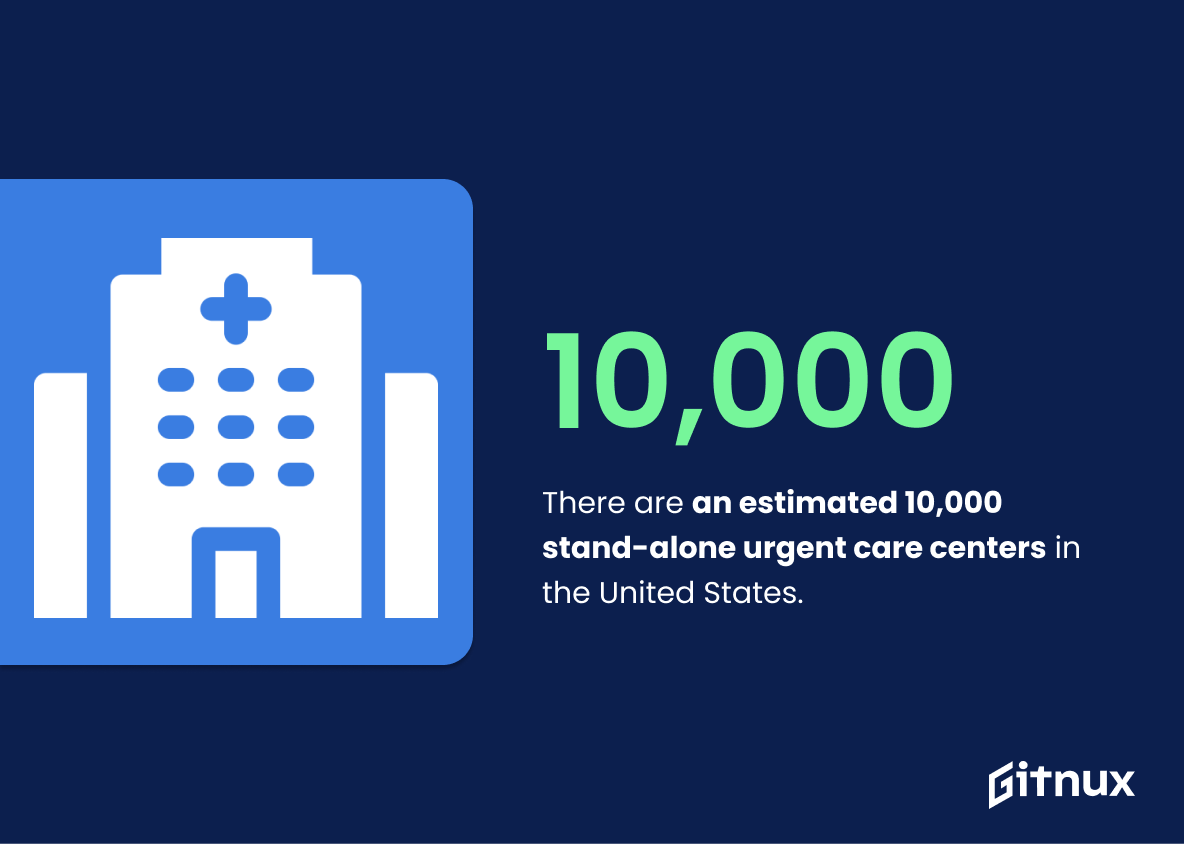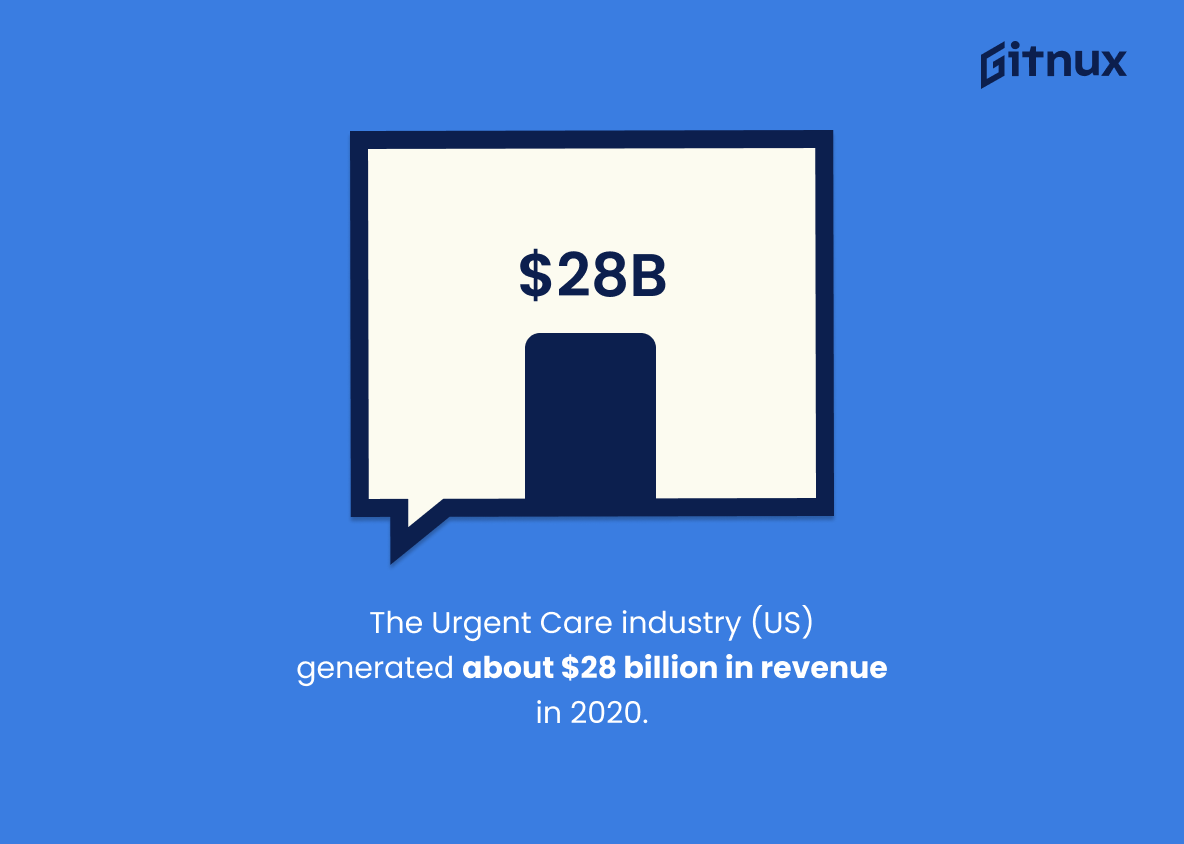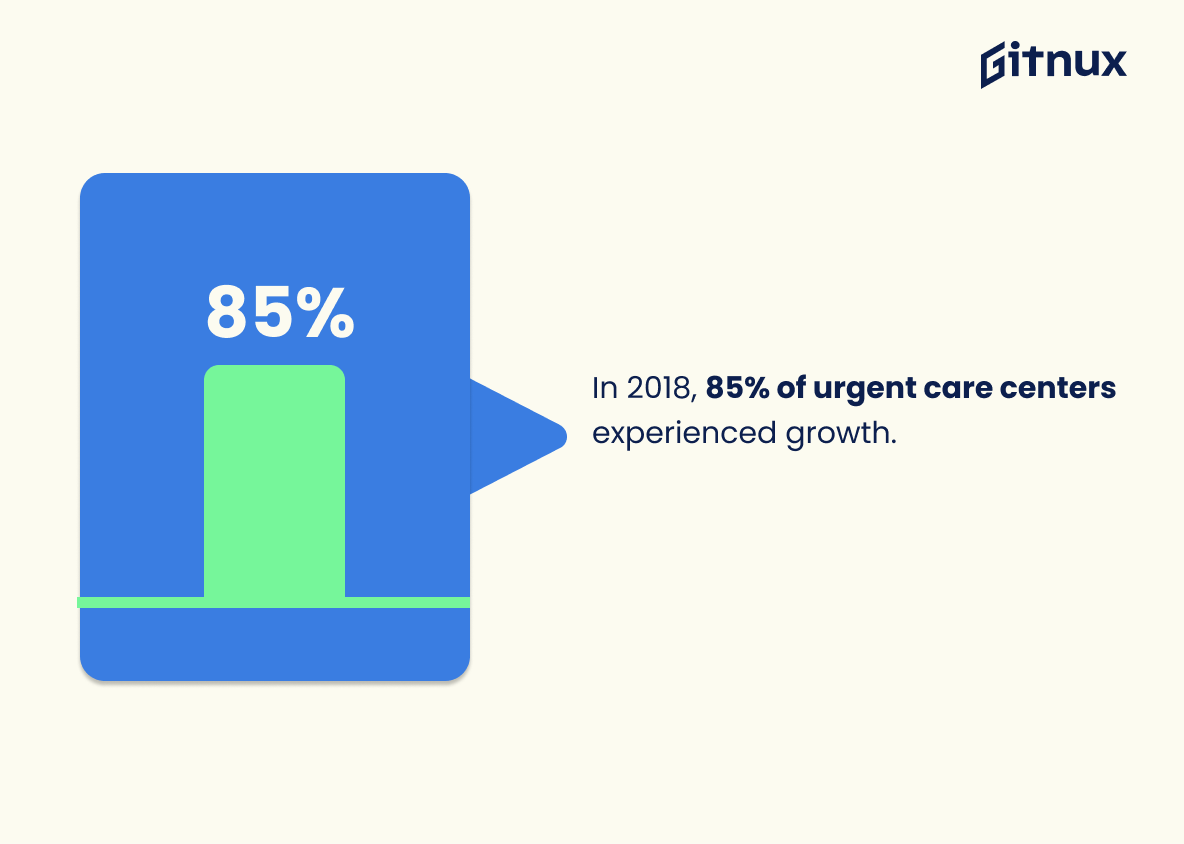Navigating through the rapidly evolving landscapes of the healthcare industry can be both fascinating and daunting. In recent years, the urgent care sector has significantly influenced this ever-changing panorama. Replete with an impressive growth trajectory and captivating transformation stories, this burgeoning industry is grabbing attention from all quarters. This blog post delves into the riveting world of urgent care industry statistics, giving you valuable insights into emerging trends, strategic growth patterns, and the potential future of on-demand healthcare. Whether you’re an industry veteran, an enthusiastic investor, a healthcare professional, or just a curious reader, the intriguing facts and figures highlighted here promise to sharpen your understanding and appreciation of the urgent care industry.
The Latest Urgent Care Industry Statistics Unveiled
There are an estimated 10,000 stand-alone urgent care centers in the United States.
The impressive count of estimated 10,000 stand-alone urgent care centers sprawled across the United States forms the robust backbone of the urgent care industry. It’s this very figure that sets the stage, enabling us to conceptualize the reach, prevalence, and the integral role these centers play in America’s healthcare landscape. It serves as a powerful testament to the industry’s growth while simultaneously hinting at the potential magnitude of patient visits, job opportunities, and economic implications inherent in such a widespread network.
The Urgent Care industry (US) generated about $28 billion in revenue in 2020.
By surveying the significant financial imprint of $28 billion revenue carved in 2020 by the U.S. Urgent Care Industry, the reader immediately grasps the enormous economic scale and influence of this sector. The ballad of numbers not just reflects the industry’s monetary prowess but tantalizingly hints at the escalating reliance on urgent care facilities, making it a linchpin of US healthcare infrastructure. This revelation, therefore, offers an enticing kaleidoscope of opportunities and potentials for current and future investors, policy makers, health care providers, and stakeholders eyeing this vibrant landscape.
The industry is heavily concentrated in the Southeast, West, and Mid-Atlantic regions, which account for over 50.0% of establishments.
Gazing through the statistical magnifying glass, one can observe a resounding truth: over 50.0% of the Urgent Care Industry’s establishments are thriving in the Southeast, West, and Mid-Atlantic regions. These frontier outposts give the industry its pulse and silhouette. In fact, the demographic distribution paints a vibrant picture of where the industry’s heart truly beats. As a reader, understanding this regional concentration provides a directional compass to navigate through the landscape of the industry, identifying potential opportunities and strategies. Not only does it reflect the current health of the urgent care sector but also potentially foreshadows future trends in healthcare investments and service provision.
In 2018, 85% of urgent care centers experienced growth.
This enlightening statistic serves as a concrete testament to the dynamic expansion of the urgent care industry in recent years. Weaving this data into our discussion illumines the narrative of an industry that is not merely surviving, but actively flourishing—in 2018, an astounding 85% of urgent care centers documented growth. Such numerical evidence underscores the narrative of an increasingly health-conscious society trusting in this parallel medical architecture and demands we probe deeper into this accelerating phenomenon in our analysis of industry performance.
The most common diagnosis in an urgent care center was upper respiratory condition, with acute sinusitis, acute pharyngitis, cough, and upper respiratory infections.
Highlighting the prevalence of diagnoses such as upper respiratory condition, acute sinusitis, acute pharyngitis, cough, and upper respiratory infections underpins the pivotal role that urgent care centers play in handling common medical conditions. From a healthcare industry perspective, this data paints a vivid snapshot of the case burden shouldered by these facilities. Furthermore, it emphasizes the urgency to equip such centers adequately, with the requisite tools and personnel, to efficiently manage these cases. In essence, interpreting this statistical inference steers strategic planning, resource distribution, and paves the way for future forecasts in the urgent care industry.
As of 2019, 36% of urgent care centers reported the usage of telemedicine in their services.
The noted statistic is like the pulse of modern healthcare innovation, vividly showcasing that, as of 2019, more than a third of urgent care centers had integrated the marvel of telemedicine into their services. This finding not only emphasizes the significant technological pivot within the sector but also underlines the industry’s commitment towards enhanced patient care. It thereby aids our comprehensive grasp of the paradigms that presently drive the urgent industry landscape, making it a linchpin around which our understanding of the overall Urgent Care Industry Statistics revolves.
More than 70% of urgent care centers in the U.S. can provide fracture care.
Highlighting that over 70% of U.S. urgent care centers can provide fracture care underscores their crucial role in the healthcare system. This figure shines a light on the extensive capabilities of these centers beyond handling minor conditions, and their significant potential to alleviate the pressure on emergency rooms. It positions the urgent care industry as not only a suitable but a highly capable alternative for patients in need of immediate fracture care. Consequently, this statistic serves as a testament to the evolving role and increased proficiency of the urgent care industry, offering valuable insights for readers interested in understanding the sector’s current landscape and its potential growth trajectory.
Conclusion
The urgent care industry is unquestionably a significant sector within our healthcare system. It provides an indispensable service to millions of individuals nationally who need immediate care yet fall short of requiring an emergency room visit. The steady growth of the industry, marked by rising patient visits and escalating revenues, signifies a shift in consumer preferences towards efficient, affordable, and accessible care. As we delve into the intricate figures and statistics of the industry, we gain a clearer idea of how crucial the urgent care industry truly is. The data underscore the importance of urgent care facilities in relieving pressure from overburdened emergency departments and in meeting the demands of an aging and increasingly insured population. There’s no doubt that the role of urgent care will only continue to grow, and with it, the potential for improved healthcare delivery and patient satisfaction.
References
0. – https://www.www.jucm.com
1. – https://www.www.debt.org
2. – https://www.www.ibisworld.com
3. – https://www.www.beckershospitalreview.com
4. – https://www.www.healthyhearing.com








